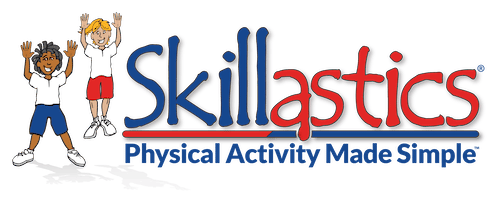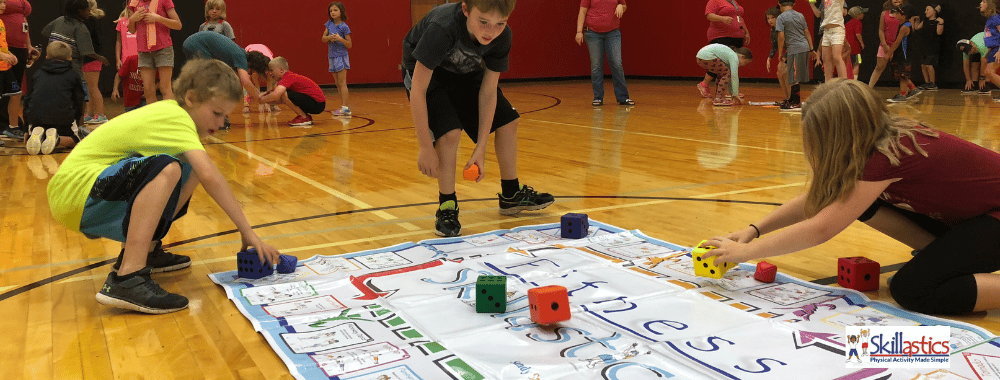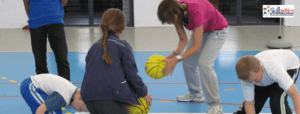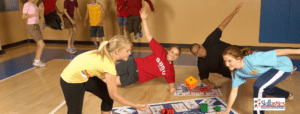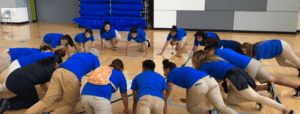Words can ignite certain feelings in us. These feelings are usually connected to experiences we’ve had at some point in our lives. For instance, the word family may mean something totally different to two people, depending upon each individual’s experiences.
Movement is defined as changing the position of one’s body parts relative to each other. Physical activity is defined as intentional voluntary movement directed toward achieving a goal. The definitions of movement and physical activity are different, but we use the words interchangeably. Surprisingly, the two words can invoke completely different emotions depending on an individual’s prior connections to those words
As we’ve worked with physical activity leaders and directors, we’ve found that individuals who have had positive experiences being physically active tend to view physical activity and movement as the same thing. On the other hand, those who have had negative experiences tend to view the words “physical activity” as threatening, and the word “movement” as less threatening. In addition, more athletic individuals tend to see the words more interchangeable and people who are not athletic find the word “movement” less threatening.
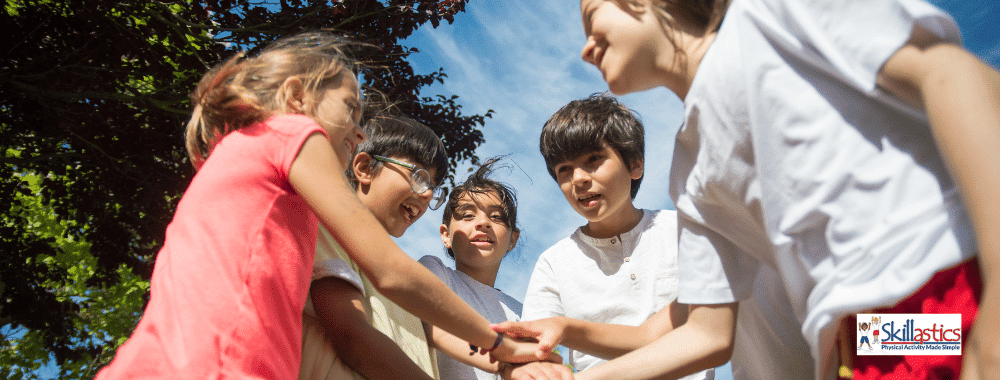
Let me share a quick story with you. Fifth-grade physical education class is fun for some and horrifying for others. This particular PE class was focused on “climbing the rope”. We all sat in a circle, while each student took turns attempting to climb the rope. One of my classmates, who was not particularly athletic, tentatively approached the rope. He made a gallant effort but failed and stumbled back to the ground after only achieving 3 to 5 feet up the rope. Our classmates chuckled, and the PE instructor told this individual to try it again. Again, he tried, and again he failed. He sat down, completely humiliated, and our instructor quickly moved on to another student without realizing the negative impact the experience had on this boy.
Twenty years later this individual attended our high school reunion. He was severely obese. My first thought was “Could his experiences in PE influence his weight gain”? Every time he stepped into a gymnasium; he had a negative physically active experience. Why should he want to be active as an adult?” The negative physically active experiences impacted his view of exercise into adulthood.
I’m not criticizing physical education teachers, as there are many wonderful PE teachers that provide amazing positive experiences for students of all abilities. Unfortunately, there are some, whether it’s a PE teacher, a coach, or a parent, who have provided a negative experience that can last a lifetime. Here are three things to consider when looking for a new physical activity program that will help you and your students have a positive experience in the gymnasium:
Be Mindful Of Your Past Connections
When analyzing your program, do you take into consideration your personal emotions and experiences? Does the word physical activity trigger a positive or negative feeling? Being mindful of your own personal experiences allows you to make decisions based on fact instead of emotion.
Observe How Your Children Respond to Failure
Thinking back to the classmate in 5th grade, how could a physical activity instructor today respond differently? Perhaps encouragement to take the activity in smaller pieces instead of an all-or-nothing activity. Perhaps by creating an environment where students support each other for effort instead of achievement. And perhaps by thinking outside the box to offer programs that are simple to implement and allow a variety of activities that focus on students of all abilities. As educational leaders, we have to consider how the environment we create in our physical activity space shapes not just the physical activity for the day, but can impact an individual’s view of healthy activity long into adulthood.
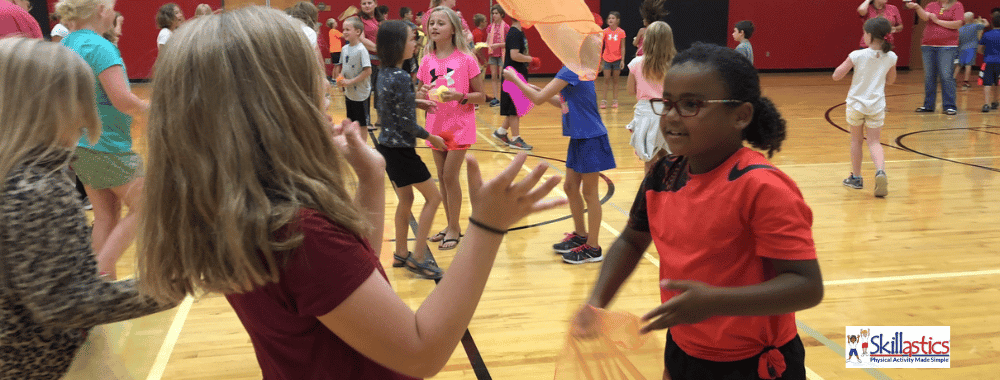
Keep an Objective Mindset
Numerous studies have proven that movement and or physical activity reduces behavioral problems, increases focus, and enhances academic learning. But if we allow our personal experiences to influence decisions for our program without looking at things objectively, we can limit a student’s ability to experience physical activity in a positive way. This, in turn, can impact their attitude toward exercise throughout their lifetime.
So, the next time you see the word, “physical activity”, think about how it makes you feel, and be mindful of that feeling and how it impacts your decision to implement movement into your program. There are so many wonderful physical activity programs available that focus on the whole child and not just the athletic child. Keep movement as the mindset, and you will not only leave an amazingly positive impact but help improve the quality of life for every student in your program.
Sandy Slade
CEO & Founder -Skillastics®
